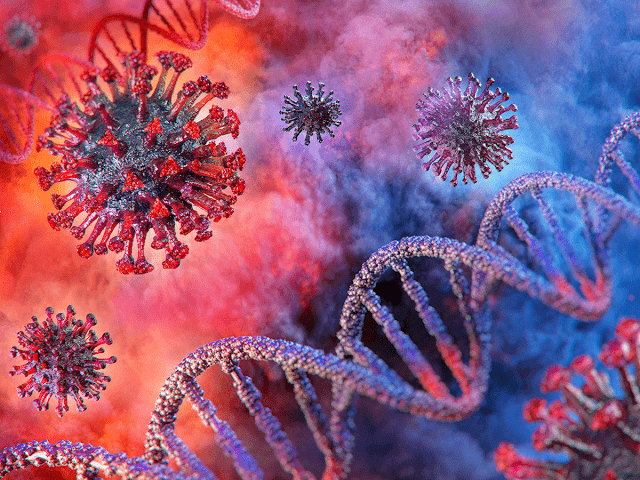Right from her childhood she spent her days
In backyards scrubbing and rinsing utensils
Sweeping dusty rooms and washing clothes
Listening to reprimands and curses crude;
Not
used to childhood pleasures and pastimes
Not used to playing with dolls and with mates
Not
used to going to school and learning skills
A
stranger she is to letters and figures
All her years spent in midst of dirt and
grime;
Tears welled up in her eyes when she beheld
Kids of her age fluttering like butterflies
In trim, neat uniform going to school
With shouts of mirth greeting each other;
Her world—hard toil spent in filthy
surroundings
Her tender palms roughened with household
chores
Accustomed to daily taunts and drudgery;
In course of
time she got used to her state
Mere
complaining she thought a useless task
She accepted
her lot with a hardened heart
She tried to
find pleasure in her routine
Though
others spurned her as a servant maid
Her drunkard
father with foul threats and brutal blows
Snatched her
earnings though she protested in vain;
None
christened her name; neighbors called her "Rangi"
Named after
the pretty goddess of wealth;
A common
background in them she found
All poor,
unlettered, migrant struggling slaves
Compelled to
forego their childhood golden years
Compelled to
drudge to help their starving families;
Compelled to
bear the burden of bludgeoning debts.
( I I I )
Two decades
went by in monotonous way
Starting
early to work and returning late;
Though time
went on with no perceptible change
Age
blossomed in her form with passing years
Her blooming
youth made her agile and strong
Like a wild
flower with natural charm;
Her graceful
gait and her sweet rustic voice
Her dark
long hair and her dark shiny skin
Lent her a
pretty, attractive glow;
Her earnest
work and her submissive nature
Endeared her
to all as a lovable, gentle maid;
In every
wedding function and festive event
An active
role she played helping others unsought;
She never
worried about her future
Too bleak
and uncertain with no ray of hope;
For her to
get a square meal every day
Seemed a
blessing and never did she think
About her
wedding and happy settled life—
Too far for
her struggling, humble state.
She brushed
aside with empty smiles and feigned to blush
If anyone
joked about her wedding affair.
She bid
adieu to her future hopes and dreams
Too distant
and unreachable like stars;
Behind her smiles
and cheerful looks
There lurks
a passive surrender and silent gloom;
To hide her woes she laughed and chatted in a merry vein;
She felt
happy in seeing others’ happy state;
A gloomy
future waits for her—she knows
To stay as a
maid lifelong or be a drunkard’s wife
And slog
through life bearing insults and blows;
Like a sad
refrain of an old tragic song.
If destiny
wills and smiles on her innocent face
A simple
rustic with a sympathetic heart
May come and
like her tender and gentle heart
Untarnished
by guiles and double dealing tricks;
And feel
blessed to wed her with no greedy demands
To make his
hut happy with her lovely presence;
Let us wish
her all joy and future bright
A due reward
to recompense her burdensome past.
*****************************
3rd April, 2020 Somaseshu Gutala
*****************************
3rd April, 2020 Somaseshu Gutala




































